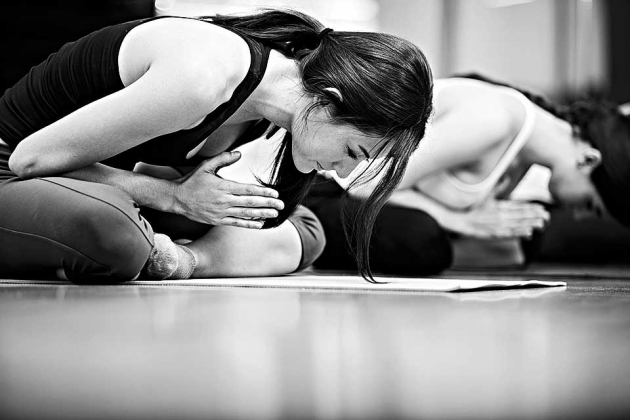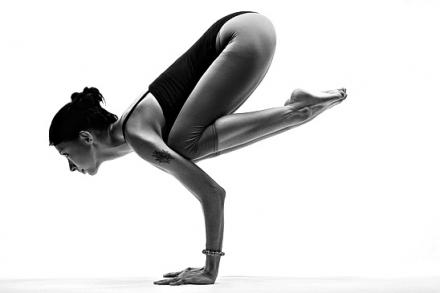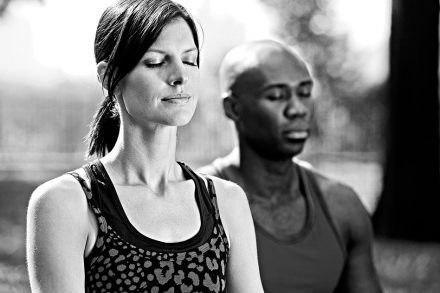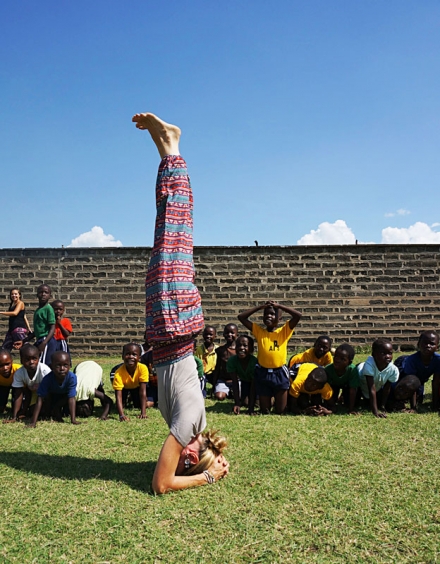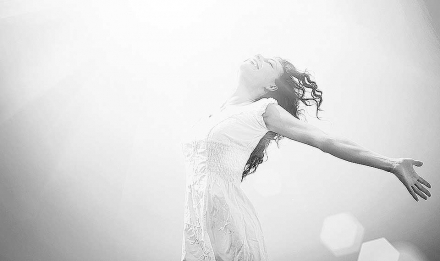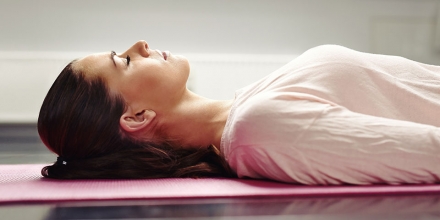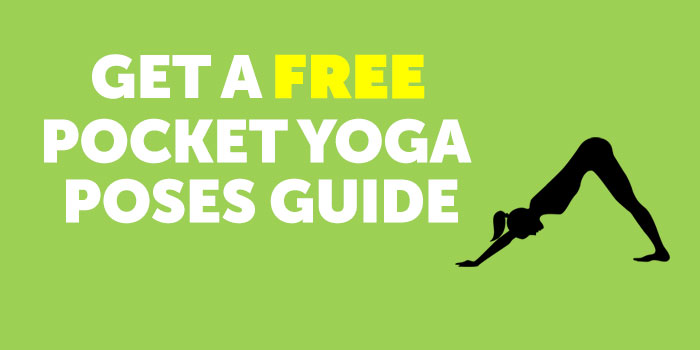In today’s progressive world it is easy to get stressed-out with the multiple demands that are required of us each day. The hyper-speed of modern reality is excellent at making us feel exhausted and often end up damaging our nerves and destroying our sense of well-being. In order to effectively combat stress it is pertinent to find the best ways to put us back into balance with our natural rhythms and turn to natural ways to effectively engage our body’s natural relaxation reaction. Meditation is an excellent way to contend with stress and finding the right technique to harmonize your inner well-being will do wonders for enhancing your mood and eliminating unwanted stress.
There is no one right meditation technique for everyone, and what works for one person may be completely different than what works for the next. When you are choosing the right meditation technique to vanquish stress it is important to look at how you react to stress in order to properly gauge what will work the best for you. If you are disposed to becoming angry or agitated when hit with stress, you may find that deep breathing and quiet meditations work the best for you. Guided meditations are also excellent for those prone to anger and agitation. If, on the other hand, you become withdrawn and depressed, some form of stimulating meditative exercise such as a gentle yoga flow will give you back the strength you have lost due to stress.
While we can’t always control the circumstances of life, we can control our reactions to them. Meditation is an excellent way to reduce stress and control our reactions as we learn to take responsibility for our own state of mind. When exploring the right meditation techniques for your own personal solutions to stress keep the following techniques in mind and watch your stress melt away with the power of a quieted mind.
3 Simple Meditation Techniques for Stress Reduction
1. Be Aware of your Breath
Deep, concentrated breathing is a simple yet powerful way to reduce stress. Not only is it easy to learn, but you can do this meditation anywhere. Just five minutes of focused breathing brings a calm focus to your mind and helps to combat any feelings of stress you may be feeling. When we concentrate on taking deep, full breaths we tend to lose sight of the things that are causing us stress and get back into the natural rhythms of our bodies.
Deep breathing is a direct way to get in touch with many other relaxation techniques. Learning how to breathe, and breathe correctly is really the cornerstone of any stress reducing meditation or exercise. While learning to become aware of your breath is not hard, it does take some practice and a little discipline. Begin with the following techniques and find your way to less stress and an enhanced sense of well-being.
Sit or lie down where you are comfortable and won’t be disturbed. If sitting, make sure your back is straight to allow the breath to move through the body as it was designed to do.
You may close your eyes or choose a focal point to concentrate on. Begin by taking a deep inhalation for at least 5 seconds and then slowly release the breath. Focus on the way the breath feels both entering and leaving your body.
Continue breathing this way for at least 10 breath counts. You may find that your mind starts to wander, however when this happens simply return your focus to your breath, and continue doing so until you finish your count.
As you begin to learn how to focus on your breath and clear the thoughts that run rampant through your mind, you can gradually begin to increase the amount of time you stay in focused breathing. 5-15 minutes of deep breathing everyday will set the tone for a relaxed and stress-free state of mind.
2. Become Mindful
Mindful meditation has been used by countless numbers of people throughout the world to help overcome stress and live a balanced and peaceful reality. The concept of mindfulness incorporates conscious awareness into the present moment, and through paying attention to each moment with awareness and focusing on this awareness in a non-judgmental way, we become more in touch with our deepest physical, emotional, mental, and spiritual levels.
The practice of mindful meditation seeks to bring awareness into each moment and to all the different actions that are performed throughout the day. We tend to listen to an incessant self-dialogue in our minds that becomes such habit we don’t even realize we are doing it. Instead of taking the time to focus on the present moment and be mindful of what we are doing in the now, we often think of things that need to be done, things that have happened in the day, or things that are pressing in the future.
Becoming mindful and engaging in mindful meditation brings us to the present moment, which in essence is all we really have. Incorporating mindfulness into the things we already do every day will eradicate stress and help find us in a more relaxed state of mind. Next time you’re doing the dishes, become aware that you are doing the dishes, and that is the only moment you have. When you’re walking, eating, or even brushing your teeth, bring awareness to that only given moment, and you will begin to notice that it is hard to keep focused on the things that are stressing you out.
By living mindfully and incorporating mindfulness into every situation, we are able to take control of our own well-being and how we react to the ever-changing circumstances of life. The beauty of living mindfully is that it allows life to unfold as it is, rather than through our thoughts about what it is or what it should be. Mindful meditation is a technique everyone can use and provides an astonishing foundation for stress management.
3. Get your Yoga On
When practiced regularly, yoga has the potential to be an excellent aid in deepening relaxation responses in the body. Yoga is composed of both stationary and moving postures that are blended with deep breathing and helps tremendously in stress reduction. It is not uncommon to hear practicing yogis express that with regular practice, something magical within them transforms.
With the many different branches of yoga it may be difficult to decide what is best for your unique reactions to stress and what type will help you balance your reaction to stress. Yoga that illustrates deep breathing and slow, steady movement is optimal for stress relief. There is a [easyazon_link cloaking=”default” keywords=”yoga” localization=”default” locale=”US” nofollow=”default” new_window=”default” tag=”yogasimple-20″]huge variety of information[/easyazon_link] for those new to the world of yoga, and taking the time to engage in this information is an excellent foundation to open you up to the benefits of this powerful discipline.
When focusing on yoga for stress relief you may find the following areas of yoga as an excellent place to start:
Satyananda
This traditional form of yoga focuses on very gently postures, stretching, and meditation. It is excellent for beginners and is a gateway for deeper stress relief. Satyananda is an exceptional foundation to introduce peace of mind through yoga.
Hatha Yoga
Also a gentle form of yoga, hatha is great for stress reduction and also good for beginners. When entering into a practice of hatha yoga, it is wise to look for classes or videos that are specifically targeted to reduce stress.
Power Yoga
This type of yoga focuses primarily on increased strength and physical fitness which may be beneficial to those that find stress relief by increased physical activity. While combining various powerfully concentrated poses, it also, like with other forms of yoga, power yoga brings intense focus to the breath and has excellent potential in relieving stress related issues.
Learning to Incorporate Meditation into your Daily Routine
When you find the meditation technique that works right for you, it is important to incorporate it into your daily routine. With continued discipline in meditation, you will find your stress begins to disappear and a world opens up that you never knew existed.
When starting your practice, pick a specific time each day that you will devote to your meditation. You may find that beginning each day with 5-10 minutes of focused breathing sets the tone for a day that is uninterrupted by stressful thoughts and allows you to do everyday tasks with greater ease.
Bring your meditation techniques for stress reduction to all aspects of your day throughout the day. You can take any activity and use it as a time for focusing on your breath. Try it when you do housework, walk the dog, or on your commute to work. You can focus on your breath when waiting for an appointment or when in line at the grocery store. When you find the time to bring awareness back to each moment, you will find you are able to more easily influence your state of mind and live in a state of calm content.
0



